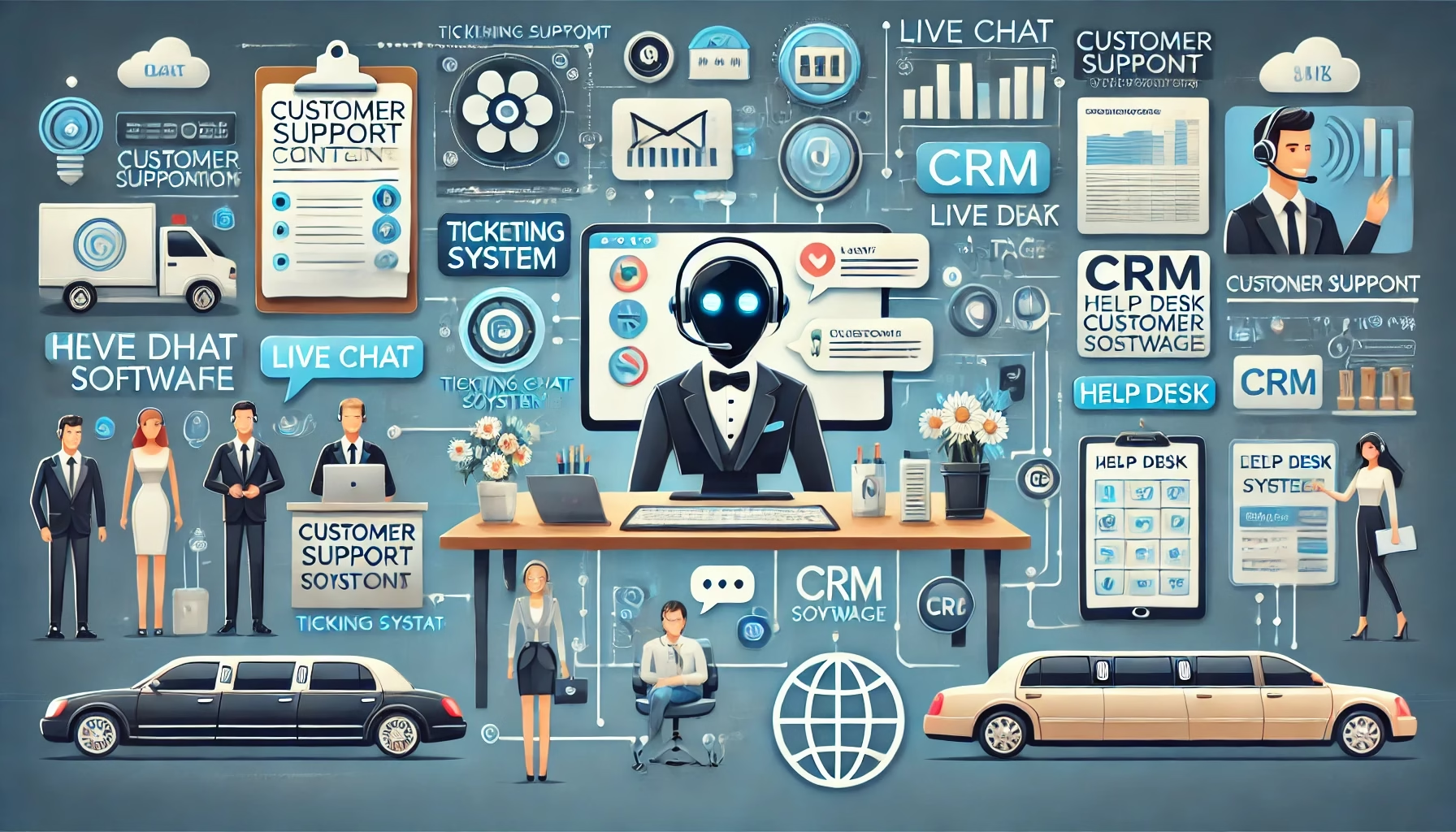Introduction
In today’s digital world, businesses rely heavily on written communication. Whether it’s email or live chat, the way support agents communicate with customers can make or break the customer experience. Unlike face-to-face or voice conversations, written communication lacks vocal cues, making tone even more critical.
A poorly worded email can come off as rude, even if that wasn’t the intention. On the other hand, a warm and professional tone can turn an upset customer into a loyal one. This article explores the importance of tone in support communication, common challenges, and solutions to ensure a positive customer experience.
1. The Impact of Tone on Customer Experience
Issue: Misinterpreted Messages Lead to Frustration
Customers rely on email and chat support to resolve their issues quickly. However, without proper tone, even a well-intended message can seem dismissive or unhelpful. If a customer feels unheard or undervalued, it can lead to frustration, negative reviews, and even lost business.
Solution: Use a Friendly Yet Professional Approach
- Always greet customers politely and use their name when possible.
- Avoid short, one-word responses that can seem abrupt. Instead, add context to responses.
- Acknowledge the customer’s concern before providing a solution. For example:
- Instead of: “We don’t offer refunds.”
- Try: “I understand your concern about the refund policy. Unfortunately, we are unable to offer refunds, but I’d be happy to help you find an alternative solution.”
By adding warmth and empathy to responses, businesses can enhance the customer experience.
2. Striking the Right Balance Between Formality and Friendliness
Issue: Too Formal Can Feel Robotic, Too Casual Can Seem Unprofessional
Customers expect a professional yet approachable tone. A message that is too formal can feel distant, while an overly casual approach might not be taken seriously.
Solution: Adjust Tone Based on Customer Needs
- Match the tone to the customer’s style—if they are formal, respond formally; if they are casual, use a more relaxed tone.
- Use contractions (e.g., “We’re” instead of “We are”) to sound more natural.
- Maintain professionalism in all cases. Avoid slang or overly informal language in business communications.
3. Avoiding Negative or Defensive Language
Issue: Negative Language Can Escalate Issues
Using words with a negative connotation can make customers feel like they are being blamed for an issue. This can escalate the situation instead of resolving it.
Solution: Use Positive Language to Reframe Responses
- Instead of saying “I can’t do that,” say “What I can do is…”
- Replace “That’s not possible” with “Here’s an alternative solution.”
- Keep responses solution-oriented, ensuring the customer feels supported rather than dismissed.
4. The Role of Empathy in Support Communication
Issue: Customers Feel Like They Are Just a Ticket Number
In high-volume customer support environments, customers may feel like they are being treated as just another case number. This lack of personalization can hurt customer satisfaction.
Solution: Personalize Responses and Show Genuine Concern
- Use the customer’s name and reference their specific issue.
- Express understanding and reassurance before offering a resolution.
- Example:
- Instead of “Please check the FAQs for answers,”
- Try “I understand this can be frustrating. Let me summarize the relevant FAQ section for you.”
5. Timing and Tone: How Speed Affects Perception
Issue: Fast Responses Can Sound Rushed, Slow Responses Seem Indifferent
Customers expect quick responses, but if they receive a reply that feels rushed or incomplete, they may think their issue isn’t taken seriously. Conversely, slow responses can make them feel ignored.
Solution: Balance Speed and Quality in Responses
- Set realistic response time expectations.
- Use templates to improve response time, but always personalize them before sending.
- If more time is needed, acknowledge the request and inform the customer about when they can expect a response.
6. Clarity and Simplicity: Avoiding Miscommunication
Issue: Complex or Ambiguous Messages Confuse Customers
Using overly technical jargon or vague responses can confuse customers and delay issue resolution.
Solution: Keep Messages Clear and Concise
- Break down solutions into easy-to-follow steps.
- Avoid jargon unless necessary, and provide explanations when using technical terms.
- Example: Instead of “Your account verification requires multi-factor authentication compliance,”
- Say “To verify your account, please enter the code sent to your email.”
7. Cultural Sensitivity in Global Customer Support
Issue: Language Differences Can Lead to Misunderstandings
Support teams often communicate with customers from different cultural backgrounds. Certain phrases or tones may be perceived differently across cultures.
Solution: Use Neutral, Universally Understandable Language
- Avoid idioms or slang that may not translate well.
- Be patient and clarify if a customer seems confused by a response.
- Offer multiple language support if possible.
8. The Role of AI and Chatbots in Tone Management
Issue: Automated Responses Can Feel Impersonal
Chatbots and AI-driven responses can be efficient, but they often lack human warmth, leading to customer dissatisfaction.
Solution: Humanize Automated Responses
- Program chatbots to use friendly and conversational language.
- Offer an easy way for customers to escalate issues to a human agent.
- Use AI to assist, not replace, human interaction.
9. Handling Difficult Customers with the Right Tone
Issue: Angry Customers May Escalate If Handled Poorly
When customers are frustrated, a dismissive or defensive tone can make the situation worse.
Solution: Stay Calm, Listen, and De-escalate
- Acknowledge their frustration without arguing.
- Use a calm and reassuring tone to offer solutions.
- Example:
- Instead of “Calm down, there’s nothing we can do,”
- Try “I understand this is frustrating. Let’s work together to find the best solution.”
10. Training and Consistency in Tone Across Support Teams
Issue: Inconsistent Tone Creates Confusion
If different agents use different tones, customers may receive mixed experiences, leading to inconsistency.
Solution: Implement Tone Guidelines for All Support Agents
- Provide training on tone best practices.
- Use templates that maintain a consistent tone.
- Regularly review and improve tone based on customer feedback.
Conclusion
The right tone in support communication can significantly impact customer satisfaction and brand perception. By balancing professionalism, friendliness, and clarity, businesses can create positive interactions that foster trust and loyalty.
For companies looking to enhance their customer support experience, professional dispatch and customer support services from Saztech Solutions can help streamline communication and improve customer satisfaction.
Home | About Us | Pricing | Get Started | FAQ | Dispatch Daily | Contact Us
WhatsApp | Facebook | LinkedIn





Leave a Reply